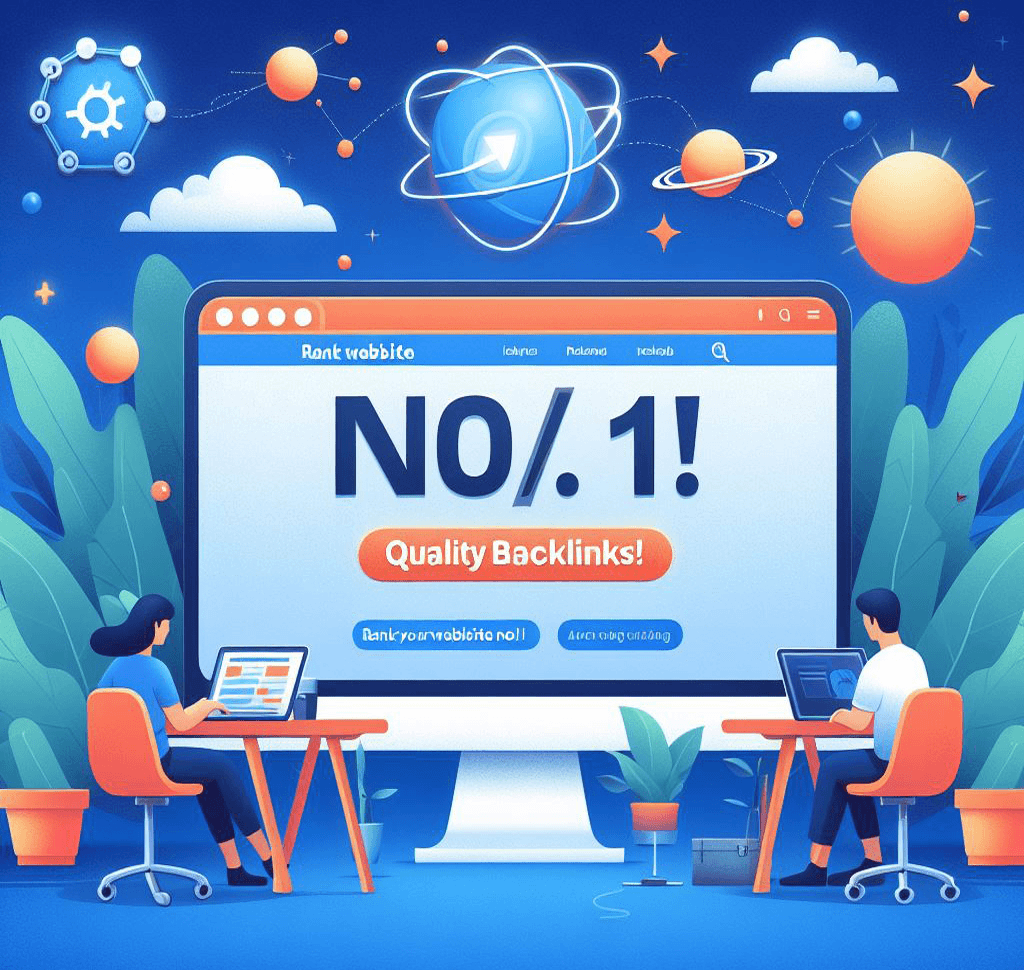In today’s rapidly evolving world, education is undergoing a significant transformation. The traditional methods of teaching and learning are being replaced by innovative approaches that leverage technology and adapt to the needs of the modern learner. This article explores the trends and innovations that are shaping the future of education and revolutionizing student learning.
1. Personalized Learning
One of the key trends in education is the shift towards personalized learning. This approach recognizes that each student has unique strengths, weaknesses, and learning styles. By tailoring educational experiences to individual needs, personalized learning maximizes student engagement and achievement. Technology plays a crucial role in enabling personalized learning, with adaptive learning platforms and intelligent tutoring systems providing customized content and feedback.
2. Online and Blended Learning
The rise of the internet has opened up new possibilities for education. Online learning allows students to access educational resources and courses from anywhere in the world, breaking down geographical barriers. Blended learning, a combination of online and face-to-face instruction, offers flexibility and personalized support. These approaches provide students with opportunities to learn at their own pace, collaborate with peers, and engage with multimedia resources.
3. Gamification
Games have long been recognized as powerful tools for engagement and motivation. In education, gamification involves incorporating game elements, such as challenges, rewards, and leaderboards, into the learning process. By making learning fun and interactive, gamification enhances student motivation and encourages active participation. Educational games and simulations also provide opportunities for students to apply their knowledge and skills in realistic contexts.
4. Virtual and Augmented Reality
Virtual and augmented reality technologies are revolutionizing the way students experience learning. Virtual reality immerses students in virtual environments, allowing them to explore places and concepts that would otherwise be inaccessible. Augmented reality overlays digital information onto the real world, enhancing learning experiences by providing interactive and contextualized content. These technologies bring abstract concepts to life and enable students to engage in hands-on learning.
5. Artificial Intelligence
Artificial intelligence (AI) is transforming the education landscape by providing personalized support, automating administrative tasks, and enabling intelligent tutoring systems. AI-powered chatbots can answer students’ questions and provide instant feedback, while machine learning algorithms analyze student data to identify areas for improvement. AI also has the potential to revolutionize assessment, allowing for more authentic and adaptive evaluation of student learning.
6. Collaboration and Global Connections
The future of education is increasingly collaborative and globally connected. Technology enables students to collaborate with peers from different cultures and backgrounds, fostering cross-cultural understanding and preparing them for a globalized world. Online platforms and tools facilitate communication and collaboration, allowing students to work on projects together, share ideas, and learn from diverse perspectives.
7. Lifelong Learning and Microcredentials
In the rapidly changing job market, lifelong learning has become essential. Microcredentials, such as digital badges and certificates, provide a flexible and accessible way for individuals to acquire and showcase specific skills and knowledge. Online platforms offer a wide range of courses and programs that cater to the needs of lifelong learners, allowing them to upskill or reskill at their own pace.
In conclusion, the future of education is being shaped by various trends and innovations. Personalized learning, online and blended learning, gamification, virtual and augmented reality, artificial intelligence, collaboration, and lifelong learning are transforming the way students learn and engage with educational content. As technology continues to advance, it is crucial for educators to embrace these trends and leverage the power of innovation to create meaningful and impactful learning experiences for students.



